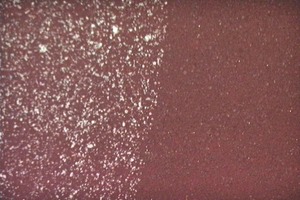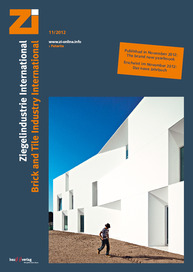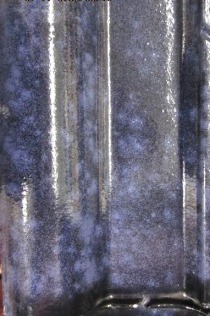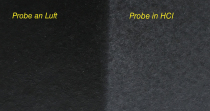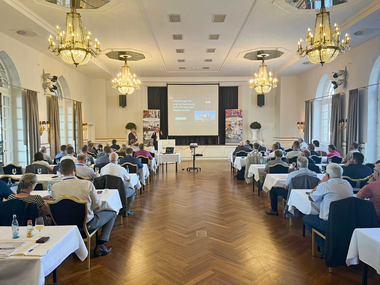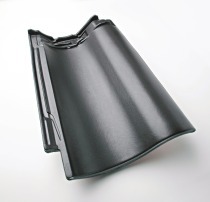The hidden pitfalls of glazing structural ceramics
The paper documents a recent case of damage involving the familiar problem of “discoloration of roof tile glazes due to anhydrite washout”. It shows that there is another, similar defect pattern that cannot be attributed to the CaO content. By profiling actual pertinent tests and analyses, the author attempts to shed light on the causes behind the subject defect pattern. Helpful hints and suggestions are offered on how to...

